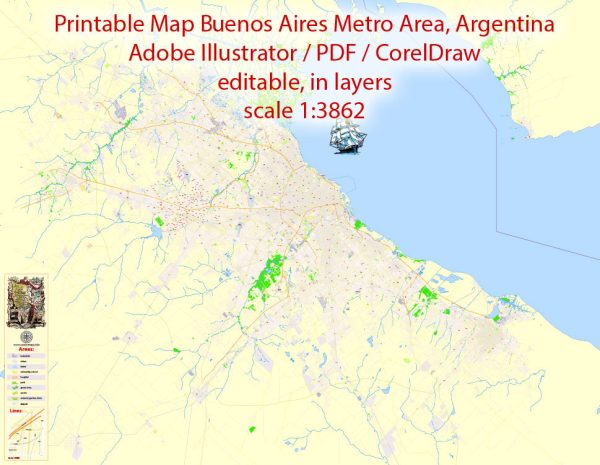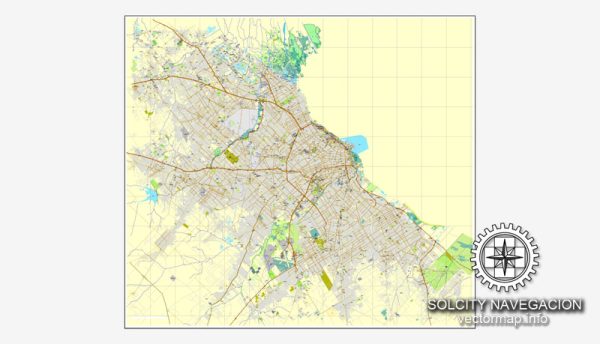Buenos Aires, the capital and largest city of Argentina, has a rich history of urban development that spans several centuries. Its growth and evolution reflect the changing social, economic, and political dynamics of the country. Here’s an overview of the history of urban development in Buenos Aires:
- Colonial Era (16th-18th century): Buenos Aires was founded in 1536 by Spanish explorer Pedro de Mendoza, but it was subsequently abandoned due to conflicts with indigenous peoples. It was later reestablished in 1580 by Juan de Garay. The city was initially a small, walled settlement with a port along the banks of the Rio de la Plata. During this period, the city primarily served as a military outpost and a trade hub, with a small population.
- 19th Century: The early 19th century saw significant growth in Buenos Aires, thanks to trade with Europe and the development of the cattle and agriculture industries on the surrounding pampas. The city’s population and wealth increased, leading to the construction of grand buildings and avenues, including the famous Avenida de Mayo. The city also played a prominent role in the struggle for Argentine independence from Spanish colonial rule.
- Immigration and Growth: The latter half of the 19th century saw a massive influx of European immigrants, primarily from Italy and Spain, who contributed to the city’s diverse cultural makeup. Buenos Aires expanded rapidly during this time, with the development of new neighborhoods and infrastructure. The city’s first subway line, the Subte, opened in 1913, making it one of the first in South America.
- The “Golden Age” (1880s-1930s): Buenos Aires experienced its “Golden Age” during this period, marked by impressive architectural projects, such as the Teatro Colon, the Obelisco, and numerous French-inspired buildings along Avenida de Mayo. The city was known for its thriving cultural scene, attracting artists, writers, and musicians from around the world.
- Economic Challenges and Political Turmoil (20th century): The 20th century brought economic challenges and political turmoil to Buenos Aires. The city faced periods of prosperity and decline, influenced by global economic fluctuations and domestic politics. The Perón era, marked by the rule of Juan Domingo Perón and his wife, Eva Perón (Evita), had a significant impact on the city’s social and political landscape.
- Modernization and Contemporary Developments: In the latter half of the 20th century and into the 21st century, Buenos Aires has continued to evolve as a modern metropolis. The city has undergone extensive urban renewal projects, with a focus on public transportation, infrastructure, and green spaces. Notable architectural developments include the Puerto Madero waterfront district and the Torre Monumental (formerly known as Torre de los Ingleses).
- Preservation and Conservation: Buenos Aires has also made efforts to preserve its historic neighborhoods, such as San Telmo and La Boca, which showcase the city’s unique architectural and cultural heritage. These neighborhoods are known for their colorful buildings, tango music, and vibrant street art.
- Challenges: Like many large cities, Buenos Aires faces challenges related to urban planning, traffic congestion, and income inequality. The city continues to grapple with issues of poverty and access to basic services.
Buenos Aires’ urban development history reflects its journey from a colonial outpost to a thriving cosmopolitan city with a rich cultural heritage. It has experienced periods of growth and decline, political change, and modernization, making it a fascinating and dynamic city to explore and study.



 Author: Kirill Shrayber, Ph.D.
Author: Kirill Shrayber, Ph.D.